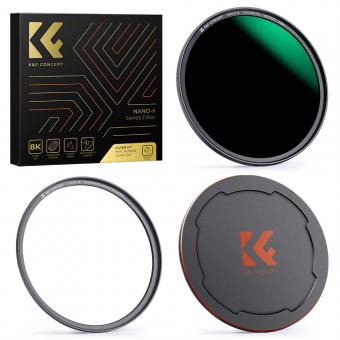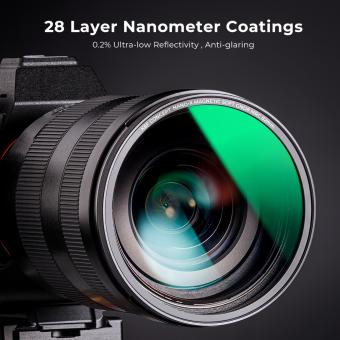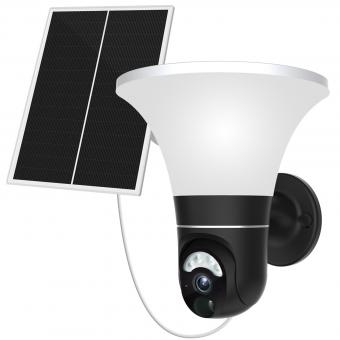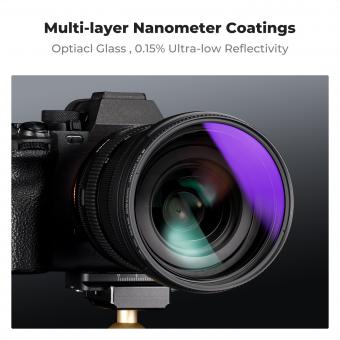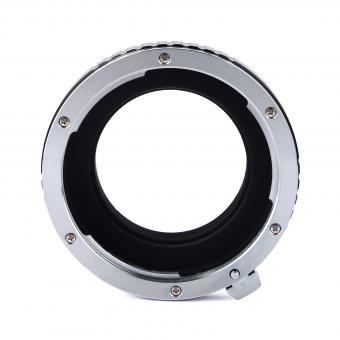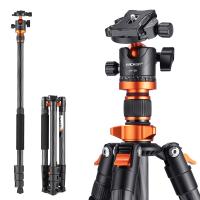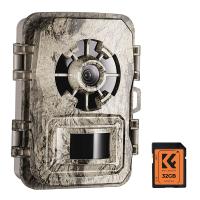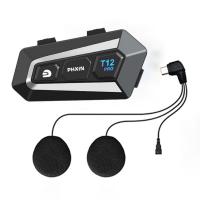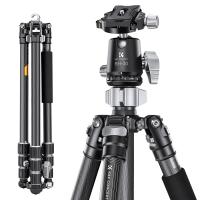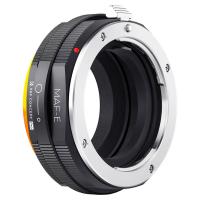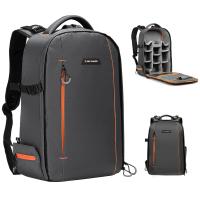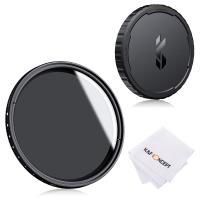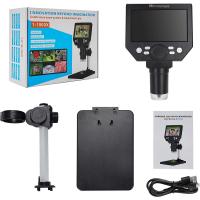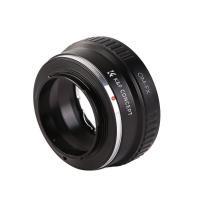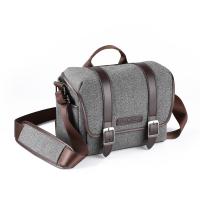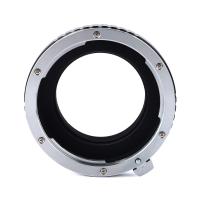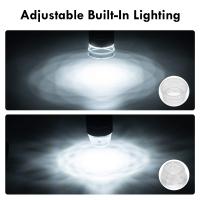Camera What Is A Neutal Desnity Filter ?
A neutral density filter is a type of camera filter that reduces the amount of light entering the camera lens without affecting the color or hue of the image. It is often used in bright outdoor settings to allow for longer exposure times or wider apertures, which can create a shallow depth of field or motion blur effects. Neutral density filters are available in different strengths, measured in stops, which indicate the amount of light reduction they provide. They can be made of glass or resin and come in various shapes and sizes to fit different lenses. Neutral density filters are commonly used in landscape, portrait, and long-exposure photography.
1、 Definition of Neutral Density Filter
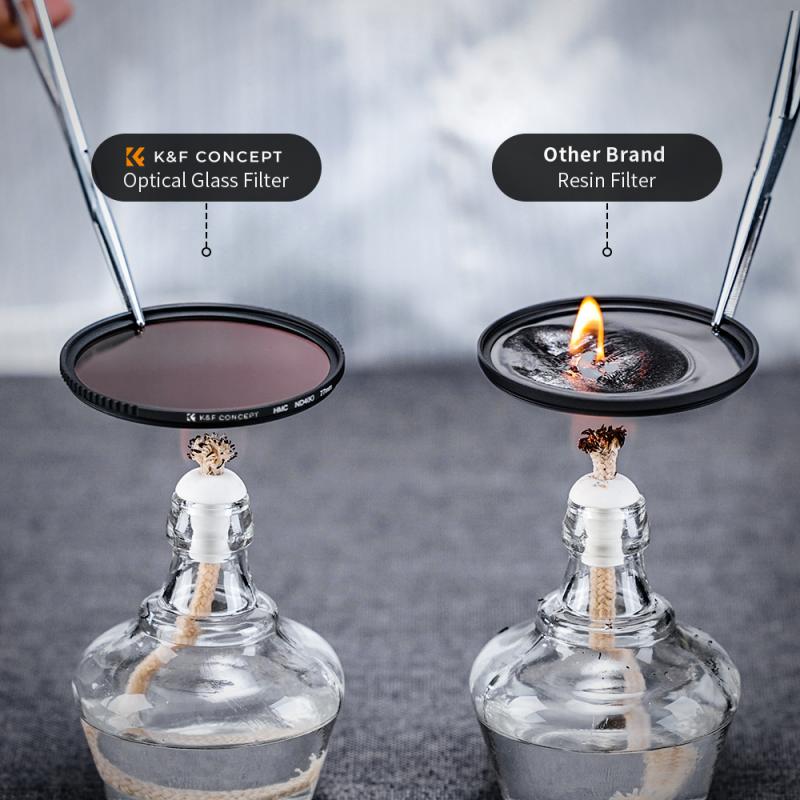
A neutral density (ND) filter is a type of camera filter that reduces the amount of light entering the lens without affecting the color or hue of the image. It is essentially a piece of glass or resin that is coated with a special material that absorbs light evenly across the visible spectrum. ND filters are commonly used in photography and videography to achieve certain creative effects, such as blurring motion or creating shallow depth of field in bright lighting conditions.
ND filters are rated by their density, which is measured in stops. A one-stop ND filter reduces the amount of light entering the lens by half, while a two-stop filter reduces it by a quarter, and so on. ND filters are available in a range of densities, from one to ten stops or more.
The latest point of view on ND filters is that they are an essential tool for any photographer or videographer who wants to achieve creative effects in bright lighting conditions. They are particularly useful for landscape and outdoor photography, where the bright sunlight can cause overexposure and washed-out colors. ND filters can also be used to create long exposure effects, such as silky smooth waterfalls or streaking clouds. Overall, ND filters are a versatile and valuable tool for any photographer or videographer who wants to take their craft to the next level.
2、 Types of Neutral Density Filters

Neutral density filters are a type of camera filter that reduces the amount of light entering the camera lens without affecting the color or hue of the image. They are commonly used in photography and videography to achieve certain creative effects, such as blurring motion or creating shallow depth of field in bright lighting conditions.
There are several types of neutral density filters available on the market, each with different levels of light reduction. The most common types include fixed neutral density filters, variable neutral density filters, and graduated neutral density filters.
Fixed neutral density filters have a set level of light reduction, usually measured in stops. They are ideal for situations where the lighting conditions are consistent and predictable, such as landscape photography.
Variable neutral density filters, on the other hand, allow the photographer to adjust the level of light reduction by rotating the filter. This makes them ideal for situations where the lighting conditions are constantly changing, such as outdoor sports or wildlife photography.
Graduated neutral density filters are designed to reduce the amount of light entering the camera lens in a specific area of the image, such as the sky. They are commonly used in landscape photography to balance the exposure between the sky and the foreground.
In recent years, there has been a growing trend towards using neutral density filters with higher levels of light reduction, such as 10 or 15 stops. These filters allow photographers to capture long exposure images in bright daylight conditions, creating stunning effects such as silky smooth waterfalls or streaking clouds.
Overall, neutral density filters are an essential tool for any photographer or videographer looking to achieve creative effects in their work. With a range of options available, it's important to choose the right filter for the specific lighting conditions and desired effect.
3、 Uses of Neutral Density Filters
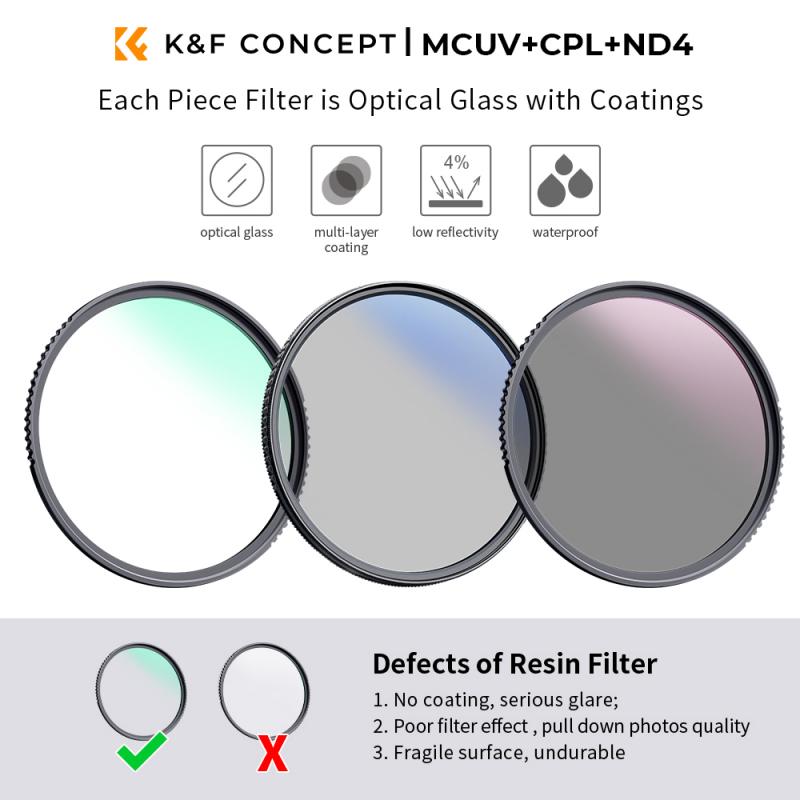
A neutral density (ND) filter is a type of camera filter that reduces the amount of light entering the camera lens without affecting the color or hue of the image. ND filters are commonly used in photography and videography to achieve certain creative effects or to overcome technical challenges.
One of the most common uses of ND filters is to achieve a shallow depth of field in bright lighting conditions. By reducing the amount of light entering the lens, the camera can use a wider aperture to create a blurred background effect, even in bright sunlight.
ND filters are also useful for long exposure photography, such as capturing the motion of water or clouds. By using a slow shutter speed, the camera can capture the movement of the subject over a longer period of time, creating a sense of motion and fluidity in the image.
Another use of ND filters is in videography, where they can be used to achieve a cinematic look by creating a shallow depth of field and reducing the harshness of bright lighting conditions.
In recent years, ND filters have also become popular among drone photographers and videographers, as they allow for smoother and more cinematic footage by reducing the amount of light entering the camera lens.
Overall, ND filters are a versatile tool for photographers and videographers, allowing them to achieve creative effects and overcome technical challenges in a variety of shooting conditions.
4、 Factors to Consider When Choosing a Neutral Density Filter
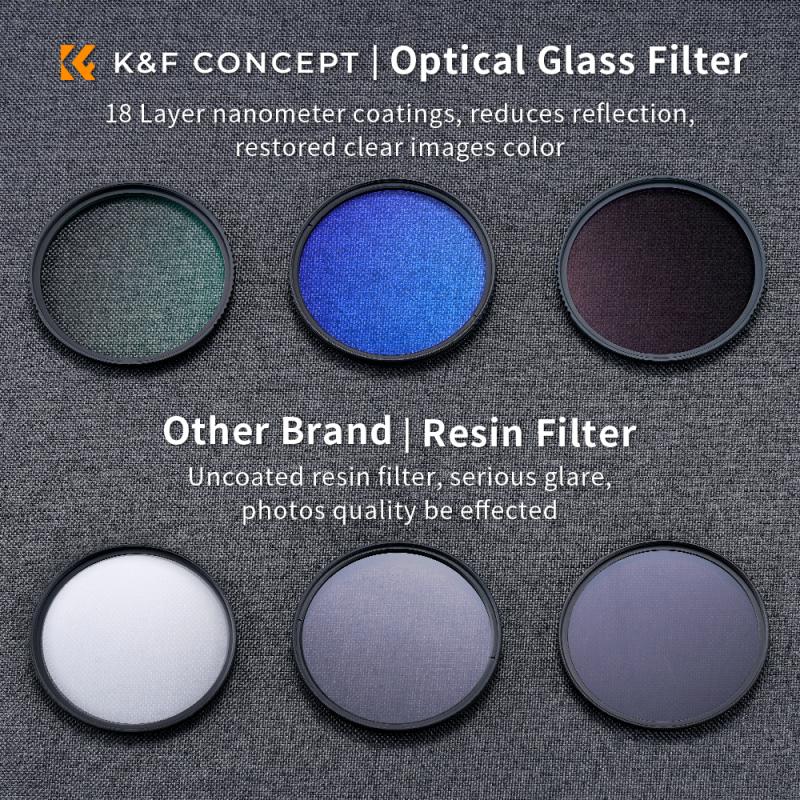
Factors to Consider When Choosing a Neutral Density Filter
A neutral density filter is a type of camera filter that reduces the amount of light entering the lens without affecting the color or contrast of the image. This allows photographers to use slower shutter speeds or wider apertures in bright conditions, creating unique and creative effects. When choosing a neutral density filter, there are several factors to consider:
1. Filter Strength: Neutral density filters come in different strengths, measured in stops. The higher the number of stops, the darker the filter and the more light it blocks. Choose a filter strength based on the amount of light you want to block and the effect you want to achieve.
2. Filter Type: Neutral density filters come in two types: screw-on filters and square filters. Screw-on filters are easier to use and more portable, while square filters offer more flexibility and can be stacked for greater filter strength.
3. Filter Size: Make sure to choose a filter that fits your lens diameter. Most filters come in standard sizes, but some lenses may require a specific size.
4. Filter Material: Neutral density filters can be made from glass or resin. Glass filters are more durable and offer better image quality, but are also more expensive. Resin filters are more affordable but may scratch more easily.
5. Price: Neutral density filters can range in price from a few dollars to several hundred dollars. Consider your budget and the quality of the filter when making your choice.
6. Latest Point of View: With the rise of mirrorless cameras and their electronic viewfinders, some photographers are now opting for variable neutral density filters. These filters allow you to adjust the strength of the filter by rotating the filter ring, giving you greater control over the amount of light entering the lens. However, they can be more expensive and may not be compatible with all lenses.



